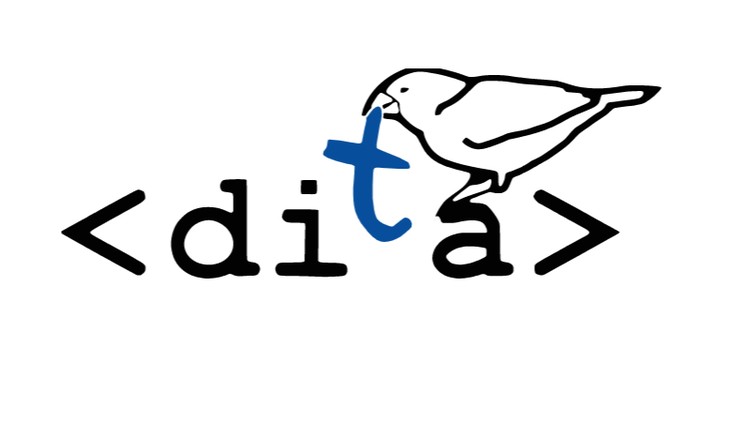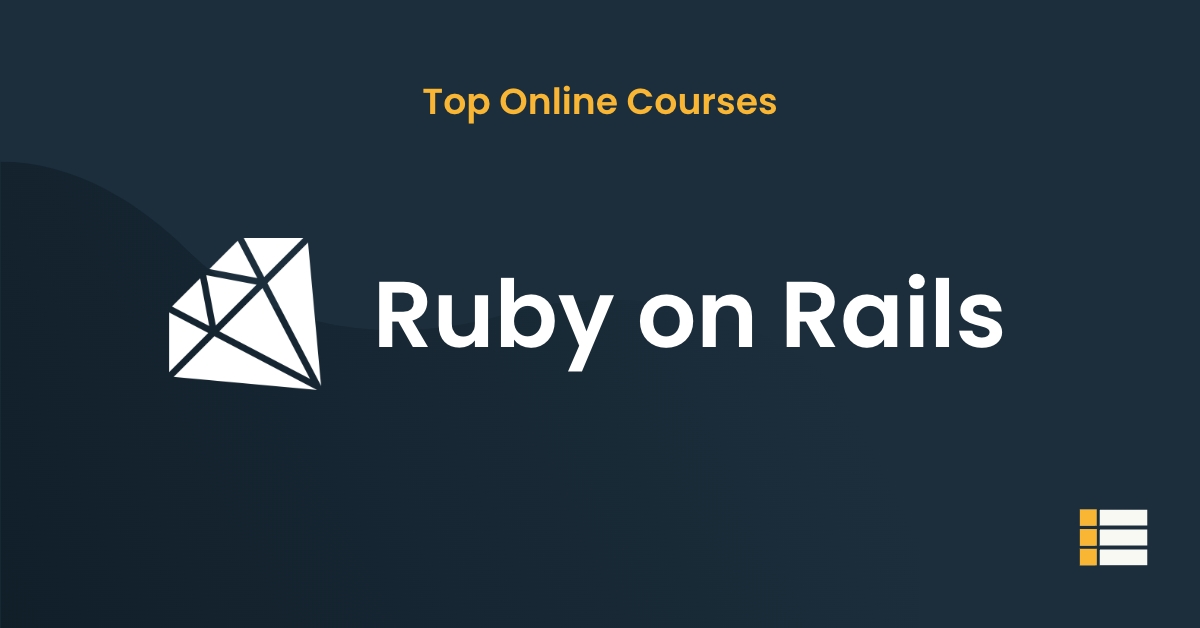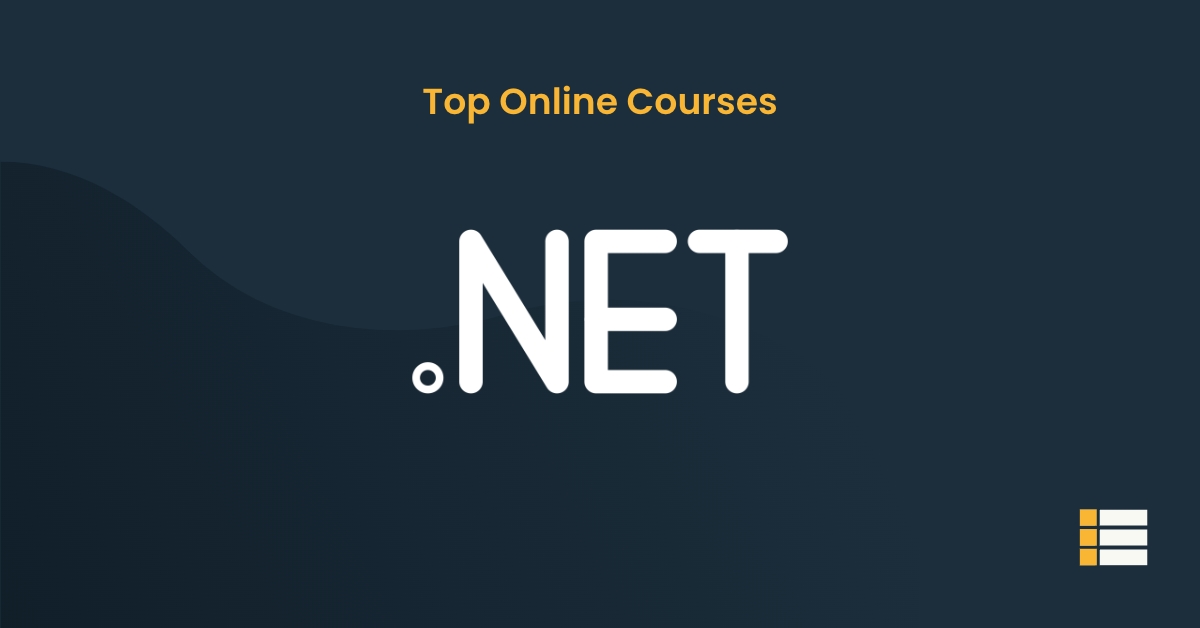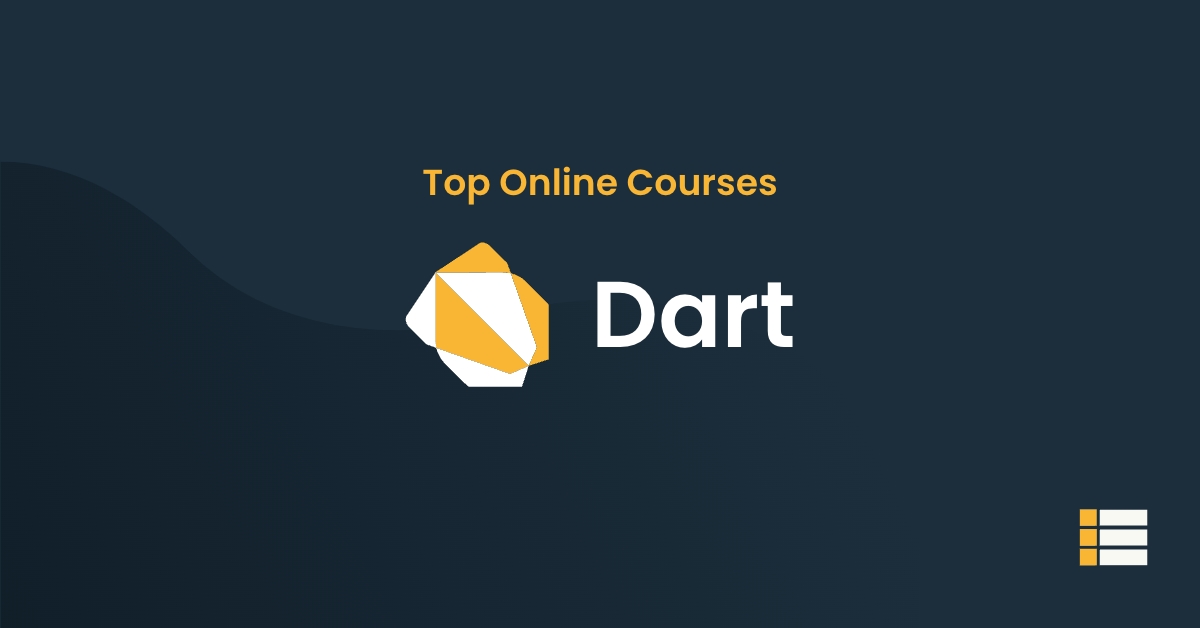Are you interested in developing your skills in web development and coding? Perhaps you’ve heard about XML and want to learn more about its potential for your career.
Let’s discuss why it’s important to learn XML and the benefits it can provide.
Table of Contents
Learning XML Online: A Student’s Guide
What is XML?
XML (Extensible Markup Language) is a language for encoding digital data that is used for a variety of applications. It is a self-describing language that allows for the easy sharing of data between applications and organizations.
XML is a language derived from Standard Generalized Markup Language (SGML) and is used primarily to define and transport data between applications.
At a high level, XML documents are created with elements, which are instructions to interpret and display the data. These instructions are written in the form of tags, which are XML-specific commands that can be used to describe data objects and attributes. XML documents can include plain text, as well as other elements such as images, audio, and video.
This allows XML to be used for a wide range of applications. XML documents are mainly used for data exchange and storage. For example, XML can be used to store data from a database, as HTML tags are used to display web pages. XML is also used for data exchange between different applications or organizations, as it provides a common language for data to be shared.
Additionally, XML is used for metadata, which describes the context and content of digital documents. XML is also used in many web-based applications. It can be used to store and manipulate data in web-based applications, as well as to display and interact with data in web browsers. X
ML is also used to communicate between web-based applications, enabling them to share information. Overall, XML is a powerful and versatile language that is used for a wide range of applications. It provides a standard way of encoding and exchanging data, making it a valuable tool for applications that need to share data.
XML is also increasingly being used for many web-based applications, enabling them to interact and share data more efficiently.
Examples of XML Applications
XML is used in a variety of ways, from creating documents to exchanging messages between different applications. Here are some common examples of XML applications:
- Web Services: XML is often used to create web services, which are applications that interact with other web services. XML can be used to define web service parameters, such as data types, methods, and object properties. This enables web services to communicate with each other, exchanging data between applications.
- RSS: XML is used to create RSS feeds, or Really Simple Syndication. This is a type of web feed used for distributing news and other types of content across the internet. RSS feeds are set up in XML, and can be used to syndicate content to other websites or applications.
- Document Structuring: XML is often used to structure documents, such as HTML pages. XML can define the structure of a web page, including the elements, attributes, and content. This allows web browsers to display the contents of the page in a consistent and organized fashion.
- Database Interfaces: XML is used to define interfaces between databases and applications. XML can be used to define database tables, fields, and queries, allowing applications to communicate with databases. This enables applications to access and manipulate data without having to directly interact with the database itself.
- Messaging: XML is often used for messaging applications, such as instant messaging and email. XML can define the structure of messages, including their content and metadata. This allows messages to be easily exchanged between different applications.
These are just some of the many applications of XML. XML provides a powerful platform for exchanging data between different applications and websites, making it an essential tool for businesses around the world.
Additional Resources
From online tutorials to books, there are plenty of ways to get up to speed with an XML-based project.
- Online Tutorials and Courses There are numerous online tutorials and courses available to help you learn XML. These range from introductory tutorials to more advanced courses. Some popular websites that offer XML tutorials and courses include W3Schools, Codecademy, Pluralsight, and Oracle.
- Books Books are a great way to dive deeply into a topic. There are a variety of books available to help you learn XML. A few popular ones include Sams Teach Yourself XML in 24 Hours, XML for Dummies, and Head First XML.
- Videos Videos are another great way to learn XML. YouTube is a great resource for free video tutorials.
- Local Classes If you prefer a more structured learning environment, you can find local classes to help you learn XML. Colleges, libraries, and community centers often offer classes on the subject.
- Open Source Projects If you prefer to learn by doing, you can find numerous open-source projects that use XML. This is a great way to get hands-on experience with the language and to see real-world examples of XML in action.
By taking advantage of the numerous resources available to learn XML, you can quickly and easily get up to speed with the language.
With the right resources, you will be well on your way to mastering XML.
Frequently Asked Questions
Is XML easy to learn?
Yes, XML is easy to learn. It is mostly just a matter of understanding the syntax and how to construct the tags. There are numerous tools and tutorials available online to help you get up to speed quickly. XML is also very human-readable so it's easy to look at an example and quickly get an idea of the structure.
What is the best way to learn XML?
The best way to learn XML is to start with a basic understanding of HTML and to learn the fundamentals of well-formed XML documents. After that, it is recommended to study the XML specifications and learn the rules for creating valid XML documents. Additionally, practicing writing small XML documents and reading tutorials and guides on XML are useful steps for learning XML. Finally, learning an XML language such as XSLT or XQuery can be useful for understanding how to process and manipulate XML documents.
How long does it take to learn XML?
It depends on the person, as well as how in-depth they intend to learn XML. Generally, it can take a few weeks to learn the basics, including the basic syntax and structure of XML and how to create and manipulate XML documents. Beyond the basics, it can take months or even years to become an expert in XML, as there are many different aspects to consider such as how to use XML in web development, how to use XML schemas, and how to use different XML technologies.
What is XML used for?
XML (Extensible Markup Language) is a markup language used to store, transmit, and share data. It is used to structure data in a way that is readable by both humans and machines. It can be used to store, transmit and retrieve data for web applications, for example for storing customer information and product information in an online store. XML is also used to create documents such as RSS feeds, Atom feeds, XSLT stylesheets, and SVG images.
Is XML like HTML?
Yes, XML is similar to HTML in that they are both markup languages. XML tags provide structure to a document, similar to how HTML tags provide structure to a web page. However, XML tags are not as limited as HTML tags, as XML is a more flexible language that can be used to define, describe, and organize data. XML documents are similar to HTML documents in that they are both text files that can be read and processed by a computer.
What is DITA XML?
DITA XML (Darwin Information Typing Architecture) is an open standard XML architecture used for technical information and documents. It is used to create, store and publish content and is designed to support multi-channel delivery, such as web, print, mobile, and more. DITA XML is designed to have a modular architecture that allows content authors to create and maintain content in small pieces or topics, that can be used in various output formats and contexts. It allows authors to reuse content and easily create and maintain consistent, high-quality content.
Conclusion
In conclusion, learning XML online can be a great way for those with little or no coding experience to become familiar with the markup language.
Learning XML can offer a valuable foundation for those who want to pursue more advanced web development skills and can also provide a useful language for tasks such as data manipulation and document creation.
With the help of online tutorials, videos, and other resources, learning XML can be both accessible and straightforward, making this a great way to get started.


 Online course by
Skill Tree
Online course by
Skill Tree

 Online course by
Narayana Y Kulkarni
Online course by
Narayana Y Kulkarni

 Online course by
JPDocu School of Technical Writing
Online course by
JPDocu School of Technical Writing

 Online course by
H Academy
Online course by
H Academy

 Online course by
Neal Walters
Online course by
Neal Walters

 Online course by
Daniele Protti
Online course by
Daniele Protti

 Online course by
JPDocu School of Technical Writing
Online course by
JPDocu School of Technical Writing

 Online course by
Grant Gamble
Online course by
Grant Gamble

 Online course by
Rick Phillips
Online course by
Rick Phillips

 Online course by
Raghav Pal
Online course by
Raghav Pal



